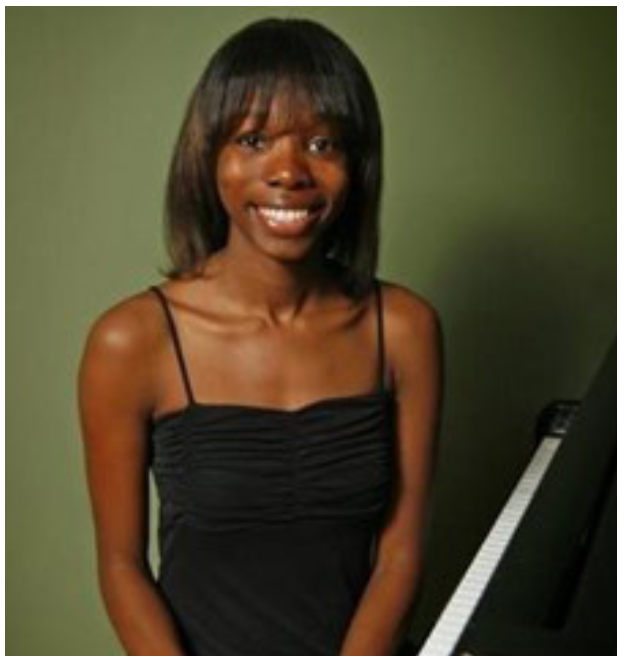Implementing Songwriting Into Lessons
Teachers can implement songwrit- ing into lesson students of any age. Remember Mozart? He began com- posing at age 6. Of course not all students will be a child prodigy, but throughout 10 years of teach- ing I have found songwriting an effective supporting component in lessons. The majority of students will learn the core musical concepts through method books, such as Faber Piano Adventures. However, songwriting provides the student a creative outlet and the opportunity to transfer those concepts they have learned thus far. Here are a few concepts that students can apply in songwriting.
Improvisation. Improvisation allows students to play freely. This is great for the student with a natural ear. There are times when students may be intimidated. A great resource to overcoming this fear is the series Educational Piano Library: Scales, Patterns, and Improvs. This series utilizes five-finger patterns, I- V7- I chords, arpeggios, and attractive accompaniment tracks. The student improvises over tracks with specific five finger patterns. This motivates the student to embrace improvisa- tion, establish self-confidence, and look forward to playing more at the next lesson.
Eye Training. The visual analy- sis of music is important. In early lessons, young beginner students are assigned eye training examples.
Imagine the notes ascending are “going up the stairs” and descend- ing notes are “going down the stairs.” Then read song titles and analyze how the direction of the notes can help characterize the title. For example, a piece about a rollercoaster more than likely will have notes going up and down. Eye training is an opportunity to teach students to use visual logic, and ask open-ended questions as to how the title might relate to the note direction.
Aural Skills. Before the first lesson, most students have an idea of what genre of music they enjoy. During the very first piano lesson, intro- duce beginner students to the low and high range of the piano. Imagine the low range of the piano is a “roaring dinosaur” or “daddy’s voice.” For the higher range, think of a “tweeting bird” or “mommy’s voice.” I then ask the students which sound they like best and that range is used to compose a simple piece. This aural skill reinforces to the student if you like the “dinosaur sound” then play in the low range of the piano or vice versa.
Sight-reading/Theory. Sight- reading in the lessons is highly important. For those that tend to shy away from sight-reading, utilize their own small compositions for this segment. For example, there may be a simple rhythm in an assigned book that requires the student to clap. Have the student use an existing rhythm to compose self-sight-reading excerpts. Assign the student to compose the excerpt utilizing limited parameters such as left hand or right hand notes, a specific key or hand position, and specific note values. Working within these few parameters allows the student to demonstrate concepts (i.g. the ability to draw clefs, a time signature, bar lines, drawing notes with the appropriate stem direction, etc.). After the excerpt is composed the student can now sight-read!
These are just a few ways I incorporate songwriting into lessons. It doesn't matter if the composi- tion is only a few notes. Some of the most popular tunes have simple melodies that are repetitive. The key is to break down simple barriers by giving students limited tools and parameters within which to work
Brittany Scott

